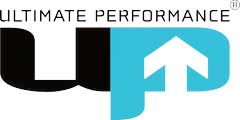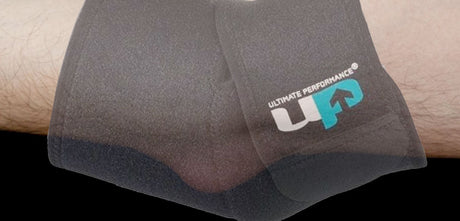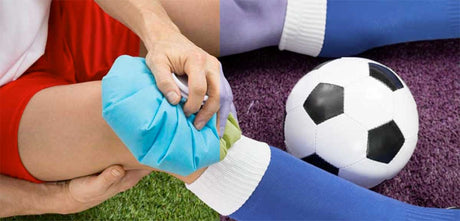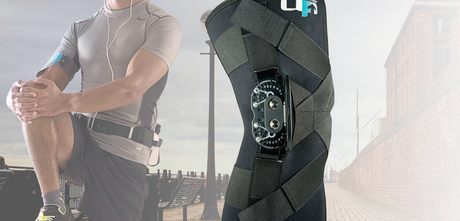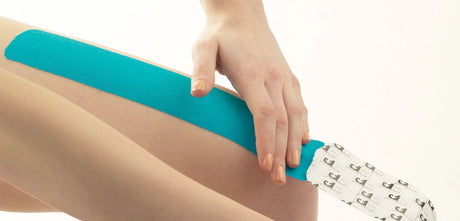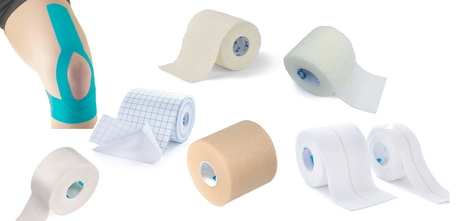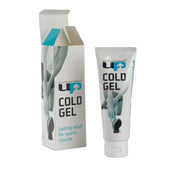Contrast Therapy (Hot and Cold Alternating Therapy) is a recovery technique commonly used in sports injury treatment to reduce pain, swelling, and improve circulation. It involves alternating between heat and cold applications over a specific period. Here we explain why it works and when to use it.
Before using any therapy, even cold therapy check for contraindications which mean applying cold is not suitable and may be harmful. These include Reynaulds syndrome, cold hypersensitivity, loss of sensation and open wounds.
Cold Therapy (Cryotherapy):
Applying cold causes blood vessels to constrict (vasoconstriction), reducing blood flow to the area, minimizing swelling and inflammation.
Common methods of applying include:
- Ice packs
- Cold water immersion
- Ice massage
Heat Therapy (Thermotherapy):
Heat causes blood vessels to dilate (vasodilation), increasing blood flow, which helps deliver nutrients for healing and removes metabolic waste.
Common methods include:
- Hot packs
- Warm baths
- Chemical heating pads
Alternating hot and cold
The switching between constriction and dilation acts like a "pumping" mechanism, stimulating circulation and lymphatic drainage. This can accelerate recovery by flushing out toxins and reducing muscle stiffness.
Typical Protocol for alternating hot and cold might be:
- Cold: 1–3 minutes
- Hot: 3–5 minutes
- Cold: 1–3 minutes
- Hot: 3–5 minutes
- Cold: 1–3 minutes
- Hot: 3–5 minutes
- Finish: End with cold to reduce swelling
Total treatment duration: 20–30 minutes
Frequency: 1–2 times daily, depending on the severity of the injury.
Benefits of contrast therapy:
- Reduces inflammation and swelling.
- Decreases muscle soreness and joint stiffness.
- Speeds up recovery from soft tissue injuries.
- Improves range of motion over time.
When should I use it?
- Acute injuries after the initial 48-72 hour inflammation phase.
- Chronic injuries where circulation improvement is beneficial.
- Post-exercise recovery to relieve delayed onset muscle soreness (DOMS).
What should I be aware of?
Avoid if you have circulatory problems (e.g., Raynaud’s disease, diabetes-related neuropathy). Never apply extreme temperatures directly to the skin—always use a protective barrier like a cloth or towel. Not suitable for open wounds or infections.
What is the evidence for contrast therapy?
The evidence for the effectiveness of contrast therapy is mixed. However, the following studies provide evidence supporting the effectiveness.
Higgins et al., 2011 (Journal of Strength and Conditioning Research)
- Finding: Contrast water therapy was effective in reducing muscle soreness and improving recovery markers after exercise-induced muscle damage.
- Conclusion: Suggested as a viable recovery modality for athletes.
Vaile et al., 2008 (European Journal of Applied Physiology)
- Finding: Contrast water therapy improved perceived recovery and reduced muscle soreness following high-intensity exercise.
- Conclusion: Effective particularly for endurance athletes.
Wilcock et al., 2006 (Journal of Sports Medicine)
- Meta-Analysis: Indicated moderate evidence that contrast therapy may help with recovery from DOMS (Delayed Onset Muscle Soreness).
- Note: More research was called for to standardize protocols.
